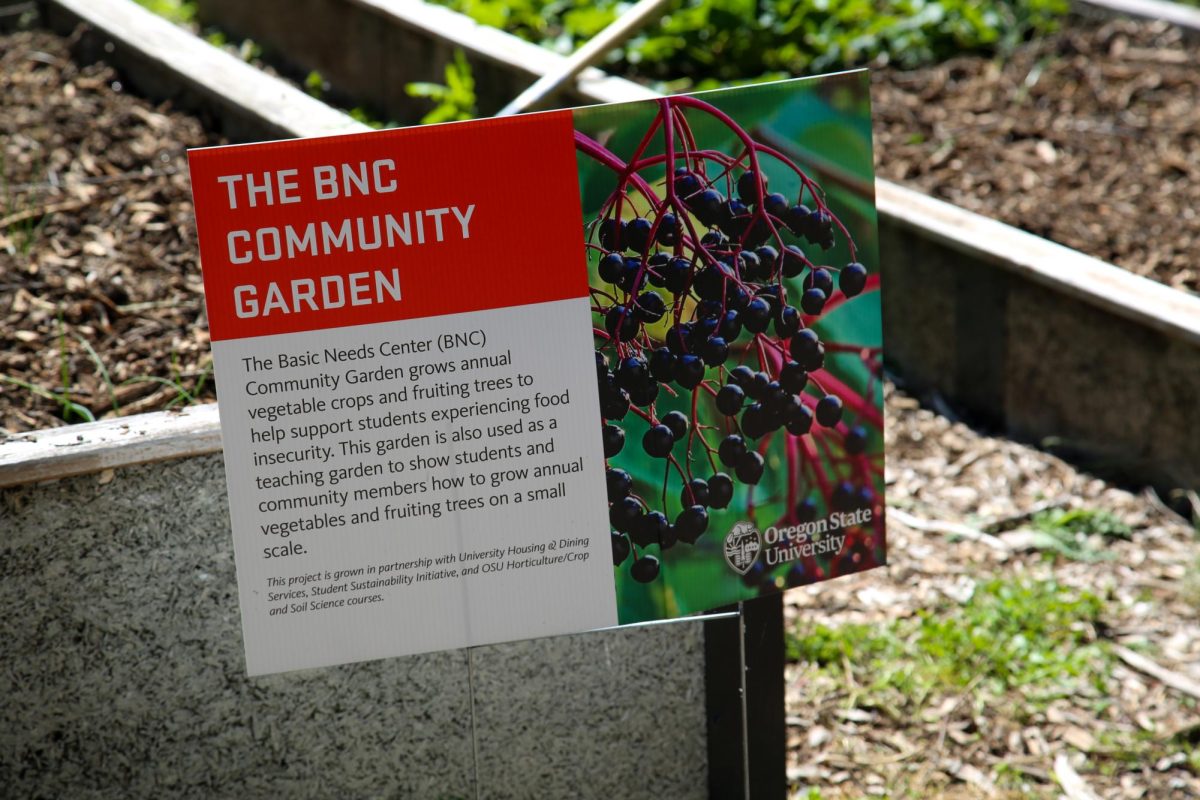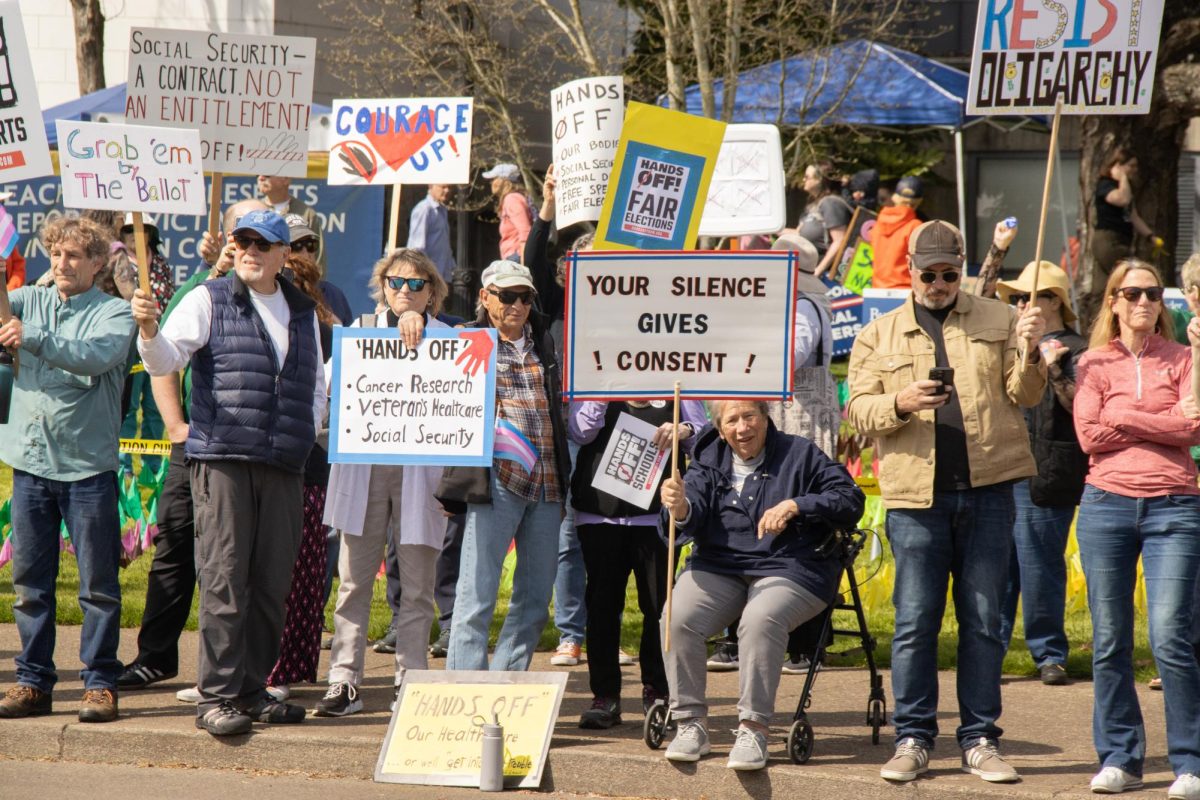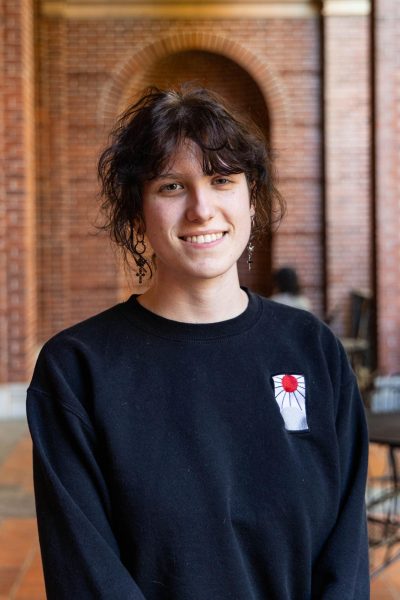Fresh out of school and thrown straight into the world of bills and rent, students may have trouble saving money for food.
From Oregon State University’s Basic Needs Center to food banks, OSU and the city of Corvallis are full of food resources that are available to everyone.
According to their website, OSU’s BNC is a “student-led team that works to promote community, share resources, develop strategies, and have fun along the way.”
It further explains, “Student leaders use their expertise and training to help other students identify resources and develop a strategy to graduate in an increasingly expensive college environment.”
The BNC is on campus located at Champinefu Lodge on 1030 SW Madison Ave. They are open from 8 a.m. to 6 p.m. on Monday through Thursday, and from 8 a.m. to 3 p.m. on Friday. The center will be closed the week of July 1 for OSU Quiet Week, reopening the following Monday.
“When students visit the BNC, they learn about the main campus food pantry, the BNC Textbook Lending Program, and other resources supported by the student fees they pay each term,” the website says.
Peer navigators at the BNC take the lead in managing the center. These students are given extensive training and support to guide their peers through stressful situations. Professional and graduate staff work together as a support team to provide mentoring, skill development and logistical support to the student leader team.
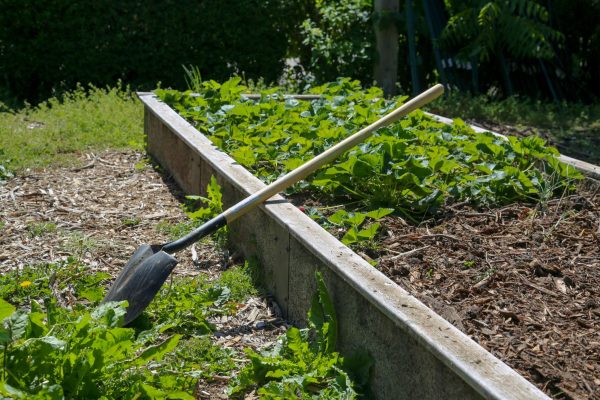
(Kierstin Thompson)
Timothy Wang is a peer navigator and a third year student majoring in bioengineering. According to Wang, the BNC’s food pantry is open on Wednesdays from noon to 3 p.m and will continue into the summer.
“In the summer we’ll have our Fresh Food Thursdays, which is when we get local ingredients or we go to the farmers market,” Wang said. “And we get local vegetables and give it out the same way as we do the beaver bags but more produce.”
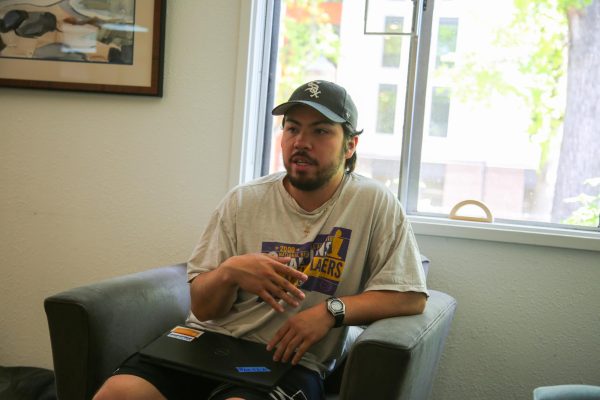
(Kierstin Thompson)
Another resource is called Food for Thought, which are pre-packaged meals that students can find in every dining hall. These meals can also be found in a fridge in the BNC building, and according to Wang, to gain access a student would talk to a peer navigator for their first time accessing the fridge. After that, they will provide a card that will open the BNC fridge as well as any other fridges at the dining centers.
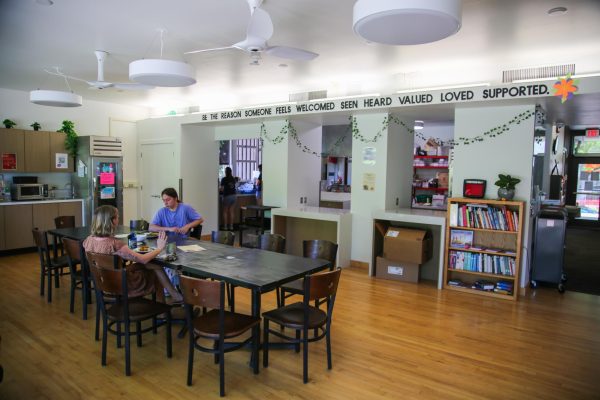
Over the summer, the Food for Thought system will still be active at the BNC, Marketplace West and Arnold Dining Center.
The Supplemental Nutrition Assistance Program, better known as SNAP, is a government resource for food aid. Users on the SNAP program are given a card with a set balance to use every month with participating locations. The BNC also offers help with SNAP applications.
“All of our peer navigators are trained to help with SNAP,” Wang said. “We’ll show you two ways that you can do it. Either online or you can do a paper application, which we have a bunch of. Then we’ll explain the process to you, the eligibility requirements.”
Food resources aren’t only found on campus, but can also be found throughout the city of Corvallis through food banks and the Vina Moses Center.
VMC offers rent help, a free thrift store and food resources. VMC is located at 968 NW Garfield Ave and is open every weekday from 9 a.m. to 4 p.m.
The food resources are available through Vina’s Cupboards which are located outside and inside. According to Ilene McClelland, executive director of the Vina Moses Center, they stock the outdoor cupboard when they can, but normally it is a give and take resource. The indoor cupboard is open during shopping hours.
“All our programs are low-barrier and free,” McClelland said. “We ask for basic information, but we don’t require documentation of income or anything like that. Each year across all our programs, we help about 7,000 people experiencing hardship: from people experiencing homelessness to families barely making ends meet.”
There are many food banks in Corvallis, two of which are South Corvallis Food Bank and Society of St. Vincent De Paul.
The South Corvallis Food Bank was founded by Judy Hecht, she discovered that it was difficult for citizens of south Corvallis to access food services, which were primarily located on the north side of town, through her voluntary work at Stone Soup. She was particularly worried about the lack of resources and hunger experienced by families with little children in the south Corvallis area.
The South Corvallis Food Bank can now be found at 1800 SW 3rd Street, Suite 110 and it is open Monday and Wednesday from 1 p.m. to 3 p.m. Thursday from 5 p.m. to 7 p.m. and on Saturdays from 10 a.m. to noon.
In addition to collaborating with the Mary’s River Gleaners, another food bank in Corvallis, SCFB also maintains partnerships with nearby restaurants, grocery stores, churches and other organizations to provide a steady supply of food and other necessities like cleaning supplies and toiletries.
For northern Corvallis citizens, Society of St. Vincent De Paul is a food pantry and thrift store located at 501 NW 25th St. They are open Monday, Wednesday, Friday from 1:30 p.m to 4 p.m.
Every month, the SVDP Food Pantry provides free emergency food and personal goods to individuals and families. Volunteers help customers pick out food goods from the shelves, freezers and refrigerators. Furthermore, families can pick up fresh produce every week by visiting the SVDP Food Pantry.










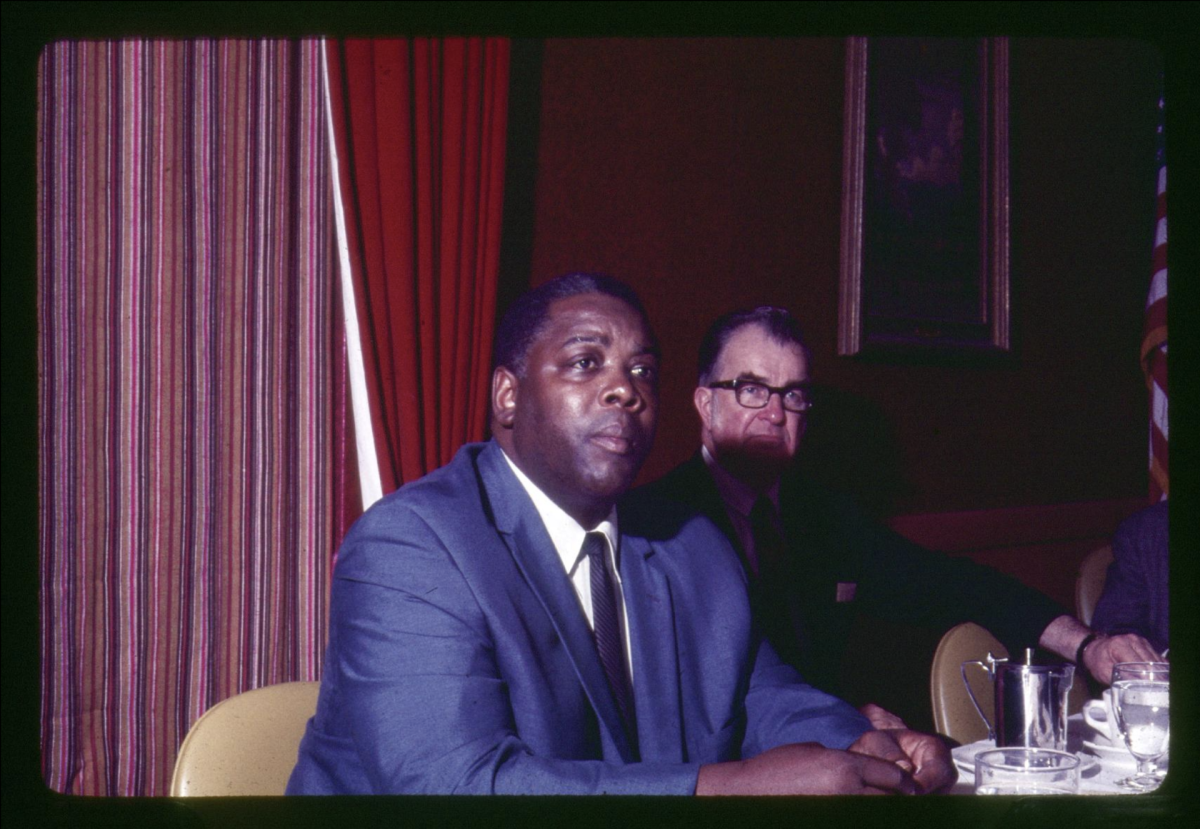
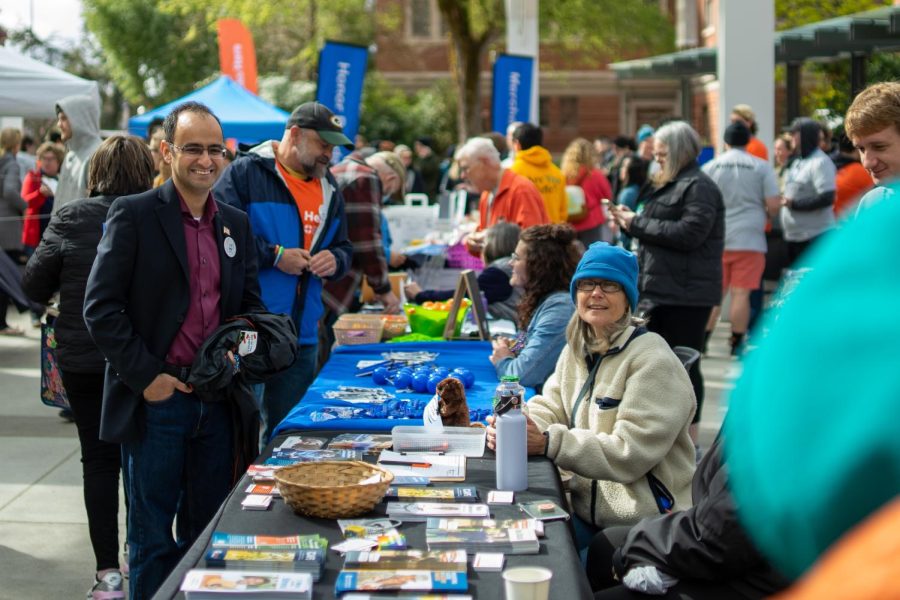
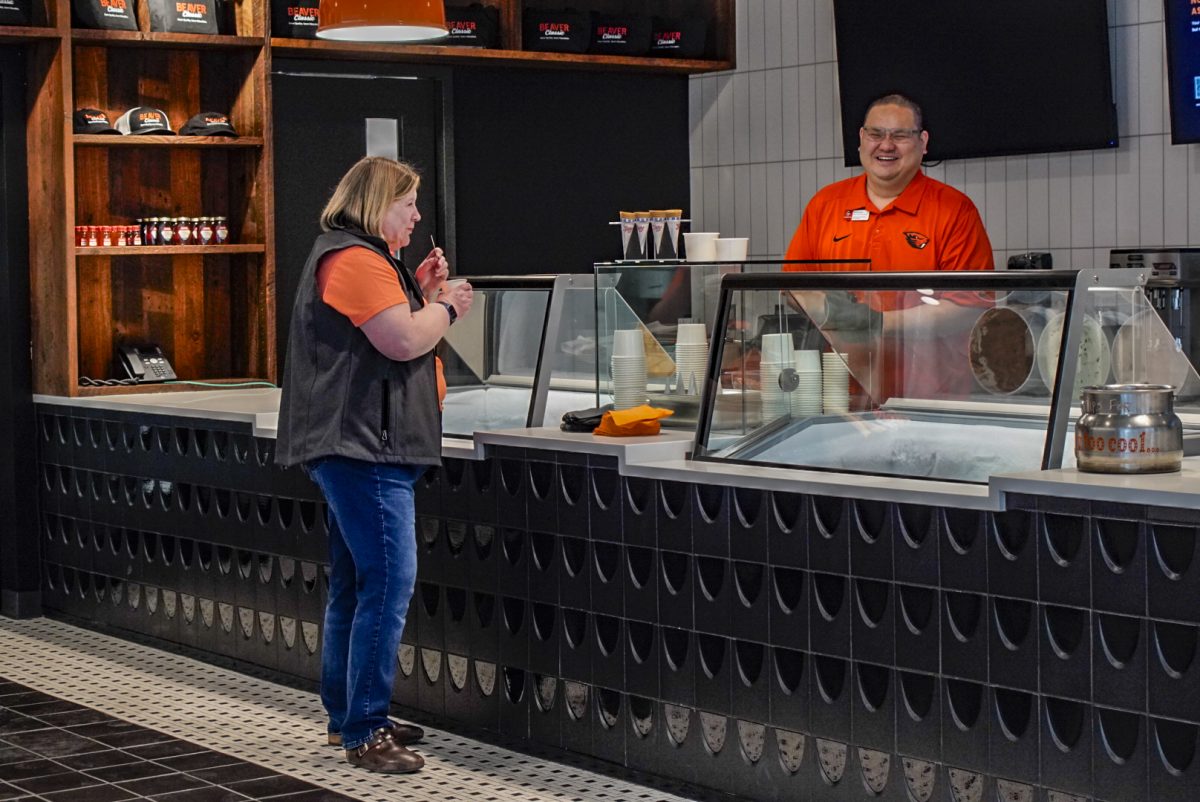







































































![Newspaper clipping from February 25, 1970 in the Daily Barometer showing an article written by Bob Allen, past Barometer Editor. This article was written to spotlight both the student body’s lack of participation with student government at the time in conjunction with their class representatives response. [It’s important to note ASOSU was not structured identically to today’s standards, likely having a president on behalf of each class work together as one entity as opposed to one president representing all classes.]](https://dailybaro.orangemedianetwork.com/wp-content/uploads/2025/03/Screenshot-2025-03-12-1.00.42-PM-e1741811160853.png)























